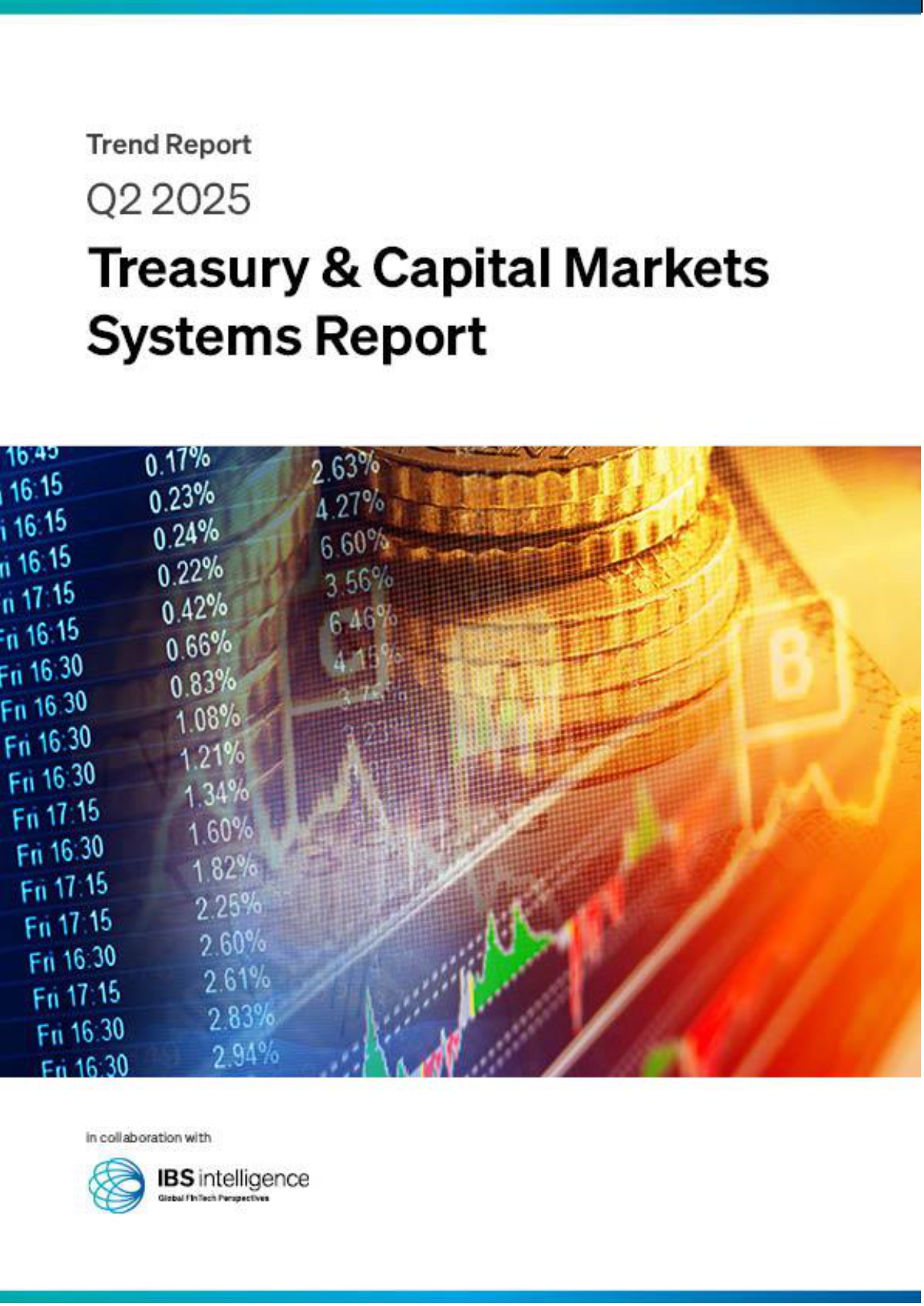 Back
Back
Transferring money to the right place at the right time: Interview with Gil Akos, CEO of Astra
By Gaia Lamperti

This past year has served as one of accelerated momentum for payments automation platform Astra, which has reported record annual growth of 392%, as it continues to provide faster and more reliable transfers through a single API integration.
Having completed more than $20 million of automated transfers with a 99.997% success rating, 90% of which required no action from the user, Astra is the first platform on the market enabling customers to move funds between accounts with such low friction.
IBS Intelligence had a chat with the firm’s CEO Gil Akos who illustrated how the company’s value proposition, goals and strategy are benefitting both the end-customers and the FinTech ecosystem as a whole.
Gil, what is Astra’s mission?
We provide critical infrastructure for some of the most interesting and fast-growing fintech products out there, specifically around providing faster, more reliable payments using automation. The core of our mission is, we believe strongly that wherever you’re interfacing with your money, there should be software that does the work for you and gets your money to the right place at the right time. A big part of that is doing so with accelerated settlements and across any payment instrument. So, if you think about the way that the US financial system works, there are all these different underlying account types and several sets of existing fiat rails for payments. But most of that is kind of raw from a technology perspective, in terms of how you can functionalise it and start to layer on some degree of programmability. When this condition happens, moving funds from account A to account B should work universally across any two accounts by using any rule and across any payment rail. You can think of Astra as a smart money router. So that means we have different types of customers, challenger banks, marketplaces, personal finances management apps, budgeting apps, and so on.
Would you offer a few cases of how Astra’s underlying core technology is helping challenger banks to scale?
Three key examples would be our clients Daylight, Fold and Yotta. They have different flavors for what their products are trying to achieve, but the same underlying problem is consistent. When you’re trying to scale as a challenger bank, you’re trying to capture deposits as frequently as possible in as large chunks as possible, while you’re also trying to enable a differentiated product experience that includes expectations for the consumer to have those funds land quickly. So, Daylight, Fold, and Yotta before would have had to choose from a binary choice. Do I allow transfers to go into my system fast and risky or slow and safely? So, either they could make sure to prevent fraud losses or insufficient funds return codes but their customers would have to wait four to five days or go fast and risky so the payment can be completed the next day. But for every failed transfer that comes with loss funds, they’d have to make the sponsor bank vault and pay for those lost funds. With us it’s not like that, you don’t have to have that binary choice. We describe our system as an orchestration layer to our technology that manages the full lifecycle of the payment from start to finish as a third-party service provider. We can add high-fidelity controls, allowing all settlements to be default fast and only for the edge cases where they are risky, to go back to slow. So, you get this operationalised payment system using Astra’s API, so our customers get a dramatic increase in deposits that are faster and automated.
Let’s open up the conversation to the whole transfer market, which has hit over $60 trillion by now, but much of that is still not automated. So, what is driving the boom in the first place, and secondly, how can this turn into an opportunity to automate most of those transfers happening?
Those are big numbers and they’ve been growing significantly over the last several years and yes, almost zero except for what we process is automated. So why is it growing so fast? Well, now we have more accounts from more providers than we ever had before, customers now have multiple accounts, and we classify this relative to the graph. The network of accounts that each end-user has went from a single node to a complex diagram where funds need to flow between different accounts for different purposes. So, the complexity has increased and there hasn’t been outside of Astra any countervailing force that makes all of those accounts work really well together. And with the growth and success of FinTech, now our phones also have the same number of applications for each challenger bank or debit card product that we use. And we have to manage and deal with each one of them, as they compete for both timeshare and mindshare in their product, to get users back into the platform and continue to add funds. So, automation is the answer there because in a single user session with Astra you can capture that intent. If the user says: “I want to always have $100 in my spend debit card account,” that means a massive increase of inflow of deposits over time because we’re tracking the inputs and when a new amount is needed, we move it over. So that means that the users get what they want, which is their accounts will work well together for their debit card spend accounts always have sufficient balance. And the product owner gets what they want because their KPIs are primarily driven by an inflow of deposits and Astra is the one that’s making that critical infrastructure happen.
So, basically, by doing so Astra is supporting the whole FinTech ecosystem, more specifically driving growth for neobanks?
100%, I couldn’t agree more, and that’s really core to our DNA. We want to help developers succeed, if you have an idea for an awesome new product, you should be able to go to a service, sign up for it, integrate it easily and have funds flowing without you taking a whole bunch of risks. That’s really what we’re trying to offer as utility. You can go live in seven days with our platform, while adding payments to your system it’s usually a 12-week minimum profit process, and we’re still making it better and faster.
And another way you are driving growth in this space is by partnering up, this year Astra has been signing a number of partnerships, among which is the one with Plaid. What can we expect from this collaboration?
Yeah, we love working with Plaid, I think they are the default provider for data within the FinTech ecosystem and the most advanced, innovative and fast-growing companies use their APIs to connect to bank accounts. Then you look to the right side of it and that’s where providers like Astra and the other partners that exist within their payments ecosystem can offer a very complementary service. The coolest thing for us is that any developer can come, and they can use a managed instance of Plaid through our partnership, or their own instance of their Plaid integration, and either way works. It’s super flexible. It’s a really great match in terms of the underlying infrastructure and then the value that we can provide to our mutual customers.
Finally, going back to ‘safe and slow’ vs ‘fast but risky’ transactions, how do we balance that with fraud prevention? How does Astra address the issue?
Generally, the binary decision around fast and risky or slow and safe also comes with blanket policies, in part because the owner of the product has a very limited set of controls. This is in contrast with our system as we know a lot about the end-users, both at an identity level and about what their intent is from the automation, we have the best-in-class orchestration technology and then we have the ability to execute the actual payments. So, all of those high-fidelity set of controls and precise assessments are giving us the option and detail we need to deliver all the transactions fast, unless it fits certain criteria which we’ve matched to fraud patterns from certain institutions or certain individuals. You know, if the user is more than 100 miles from their mailing address, if the bank account doesn’t match, these sort of factors. And with that precision, it means that the whole ecosystem can operate with far less friction and increase velocity, which gives the underlying end-user and product a lot of value. So, I think fast and safe is where we are going, but within a spectrum of options.
IBSi FinTech Journal
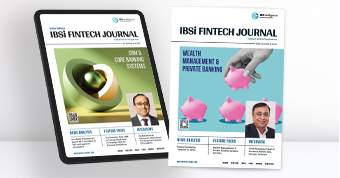
- Most trusted FinTech journal since 1991
- Digital monthly issue
- 60+ pages of research, analysis, interviews, opinions, and rankings
- Global coverage
Other Related News
Related Reports

Sales League Table Report 2025
Know More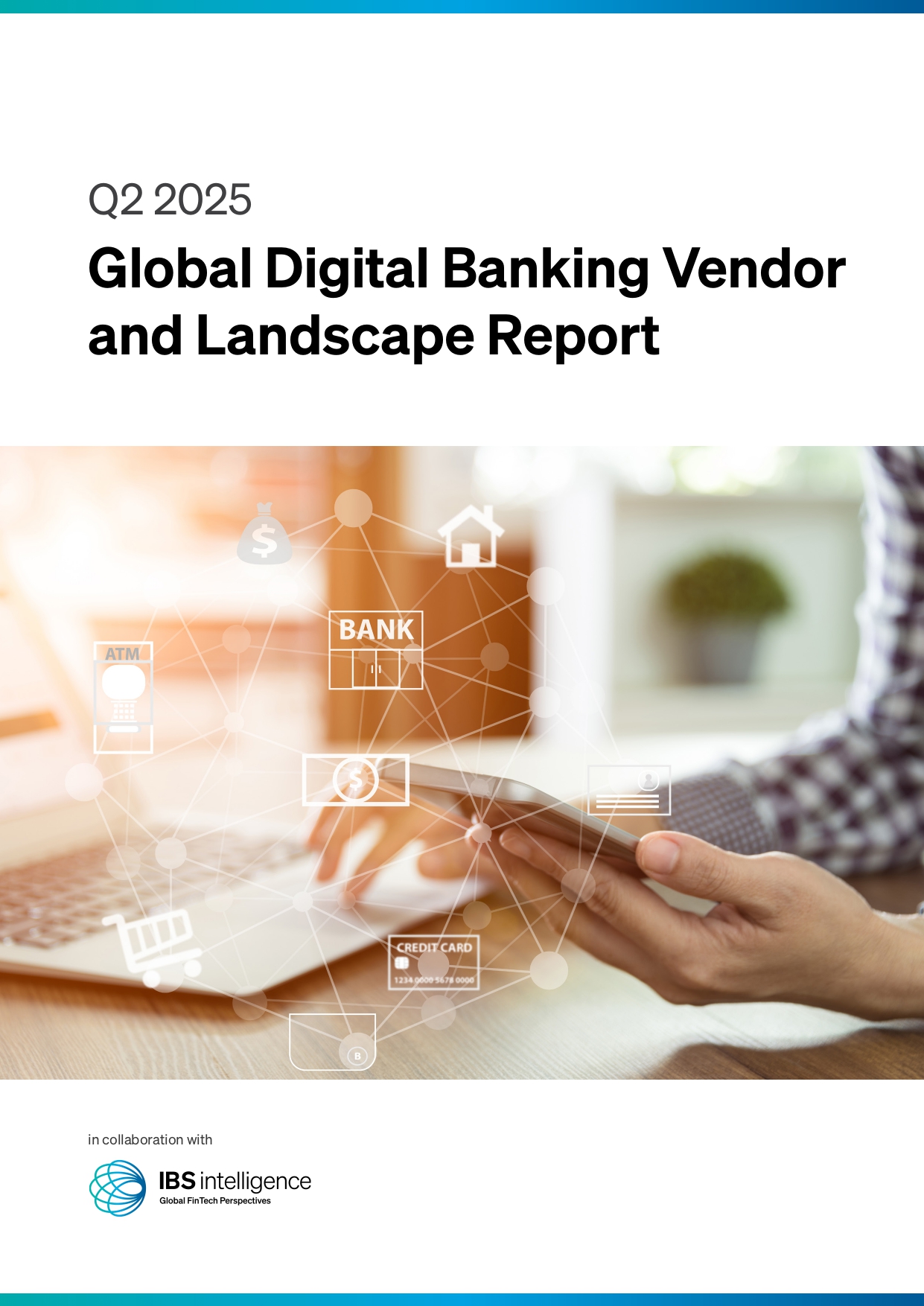
Global Digital Banking Vendor & Landscape Report Q2 2025
Know More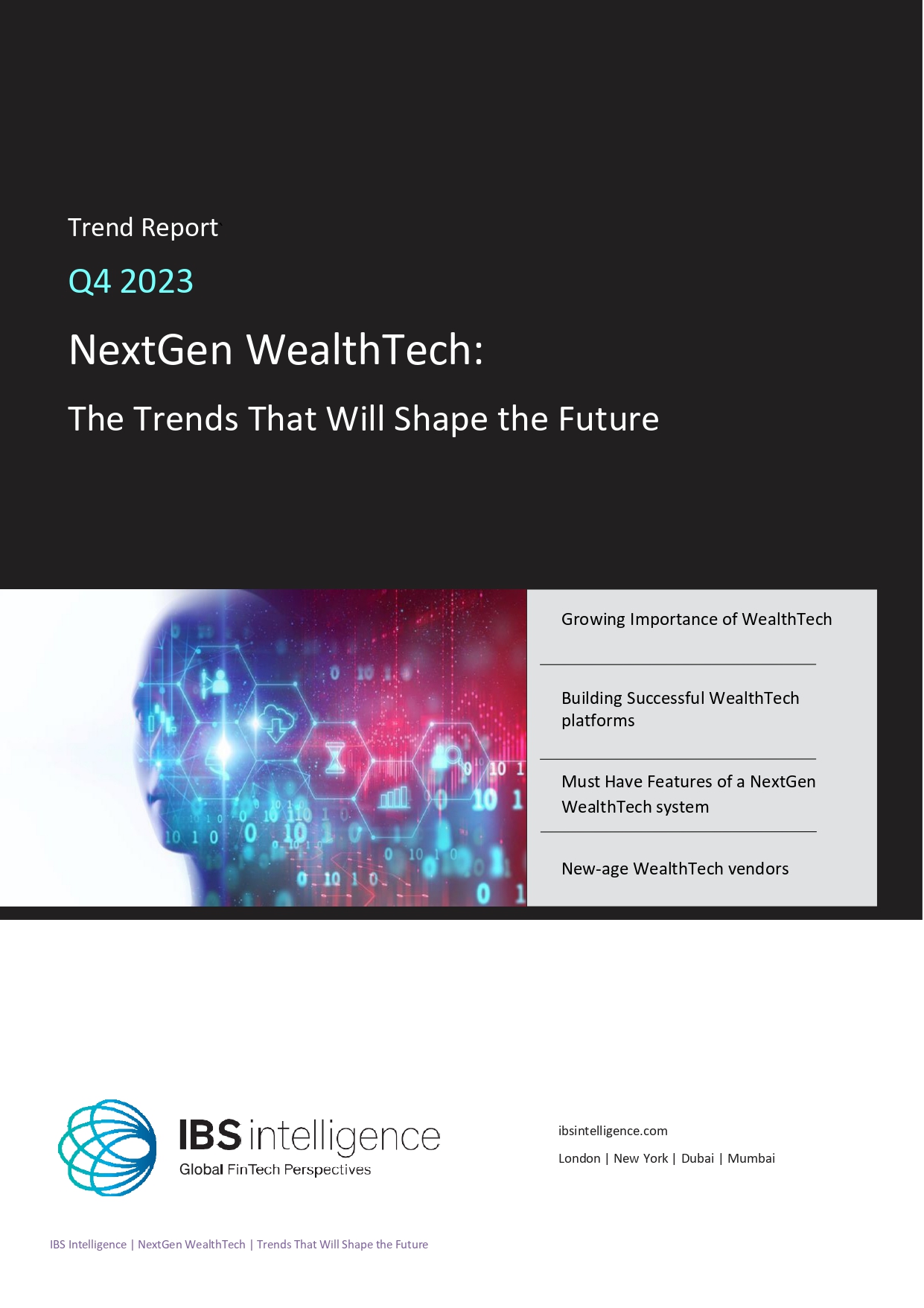
NextGen WealthTech: The Trends To Shape The Future Q4 2023
Know More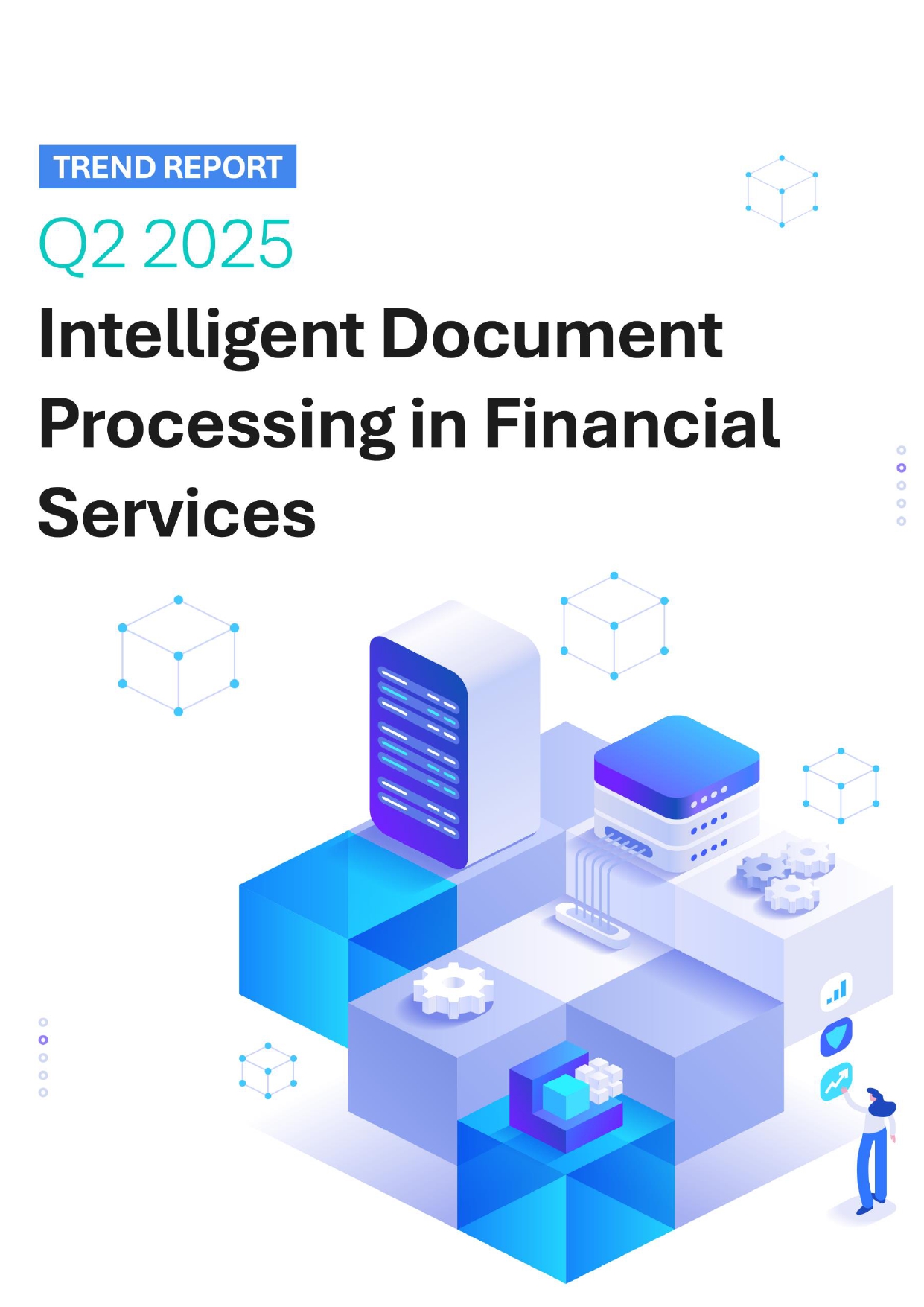
Intelligent Document Processing in Financial Services Q2 2025
Know More